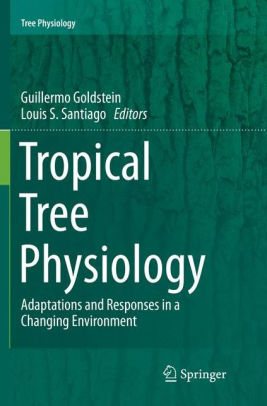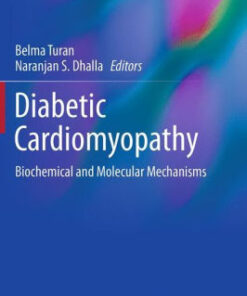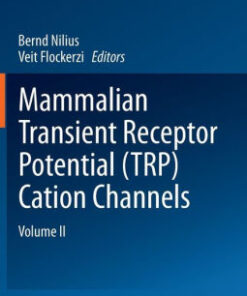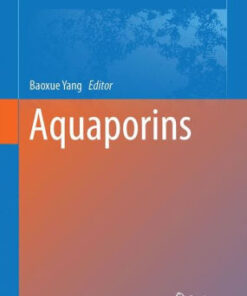(PDF) Tropical Tree Physiology – Adaptations and Responses by Guillermo Goldstein
$18.00
Download instantly Tropical Tree Physiology – Adaptations and Responses in a Changing Environment by Guillermo Goldstein, Louis S. Santiago. It is ebook in PDF format.
ISBN-10: 3319801384 ISBN-13: 9783319801384




